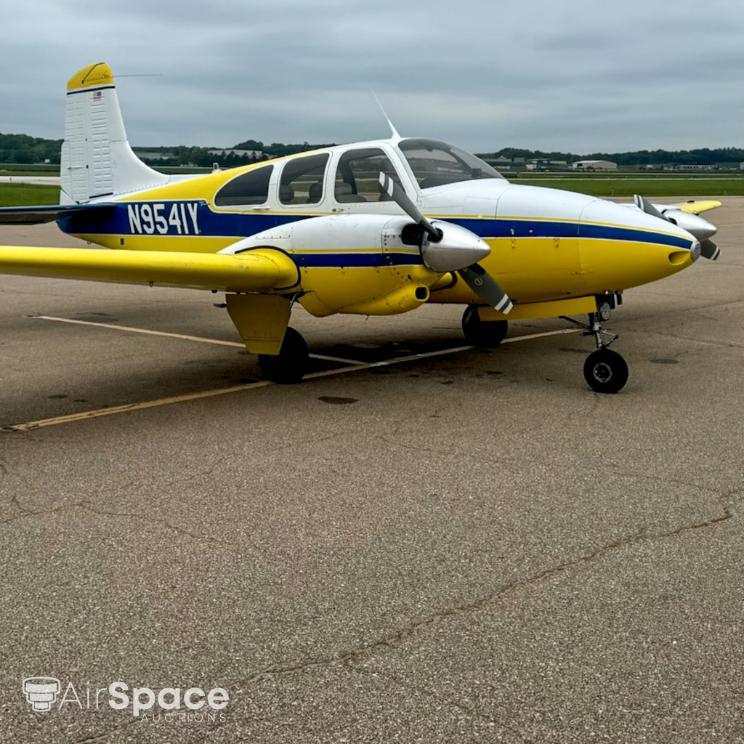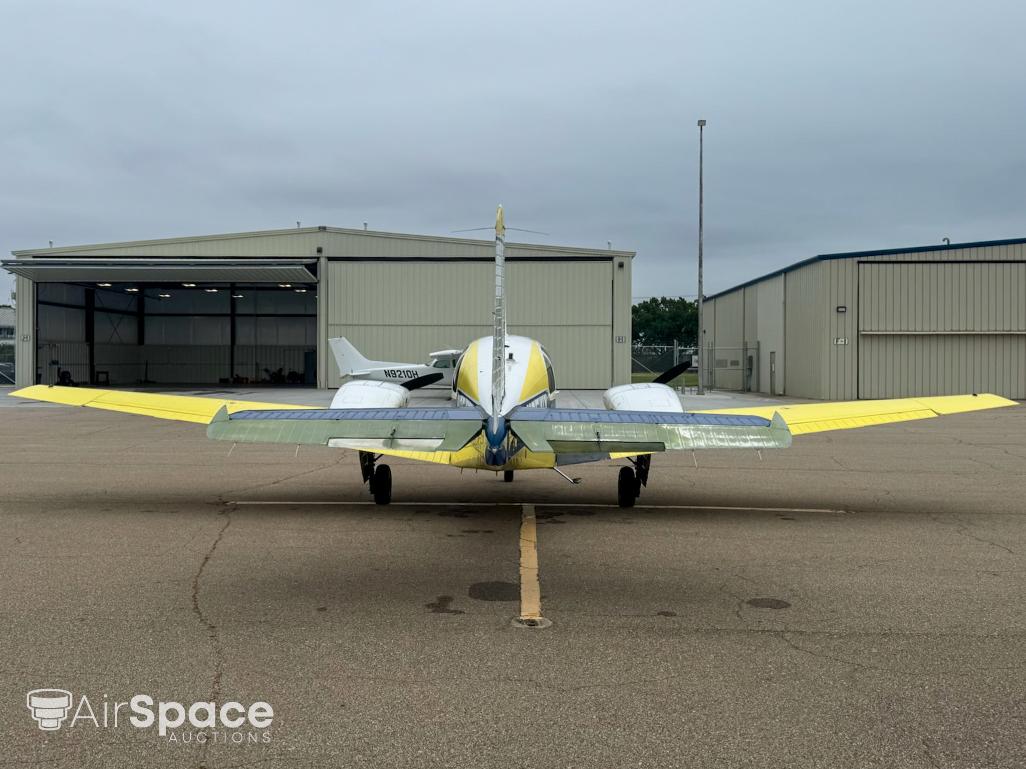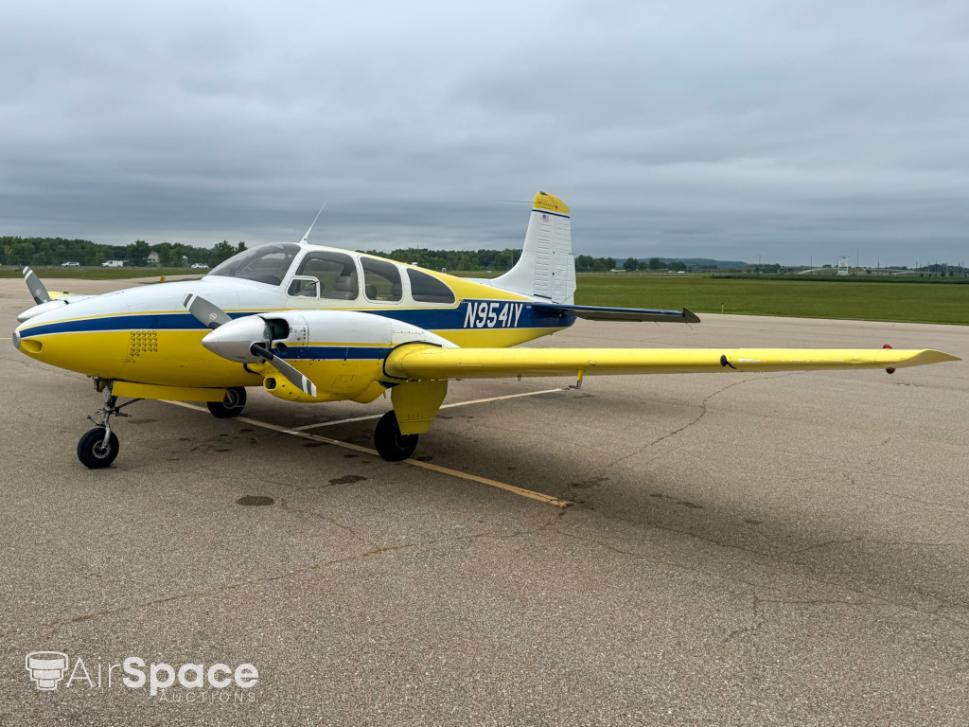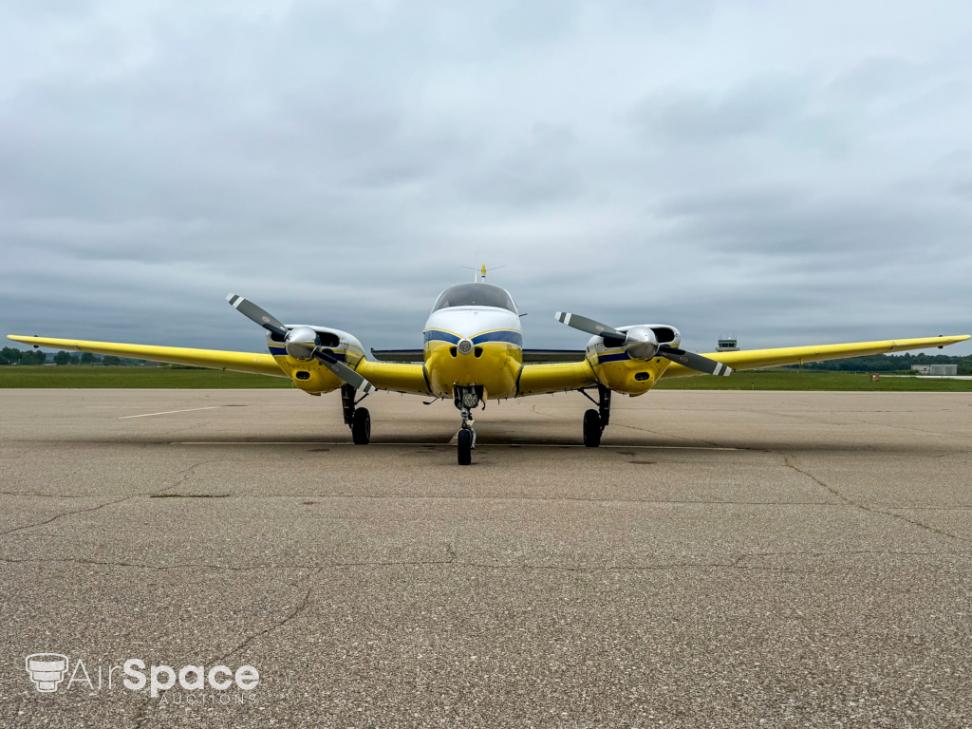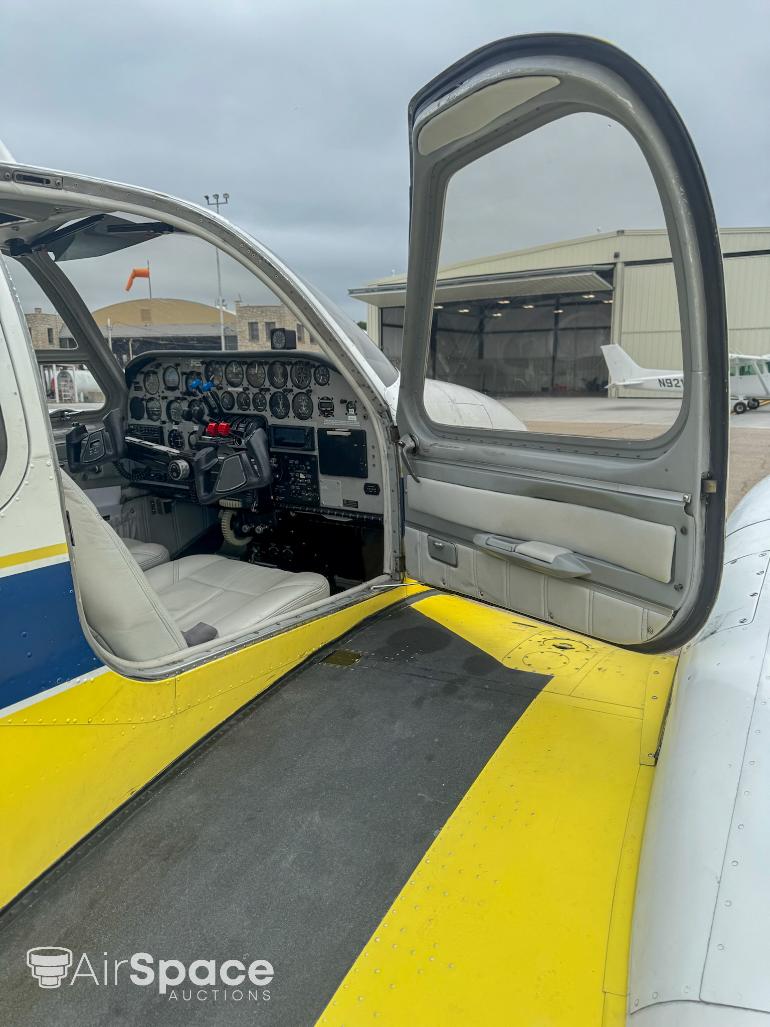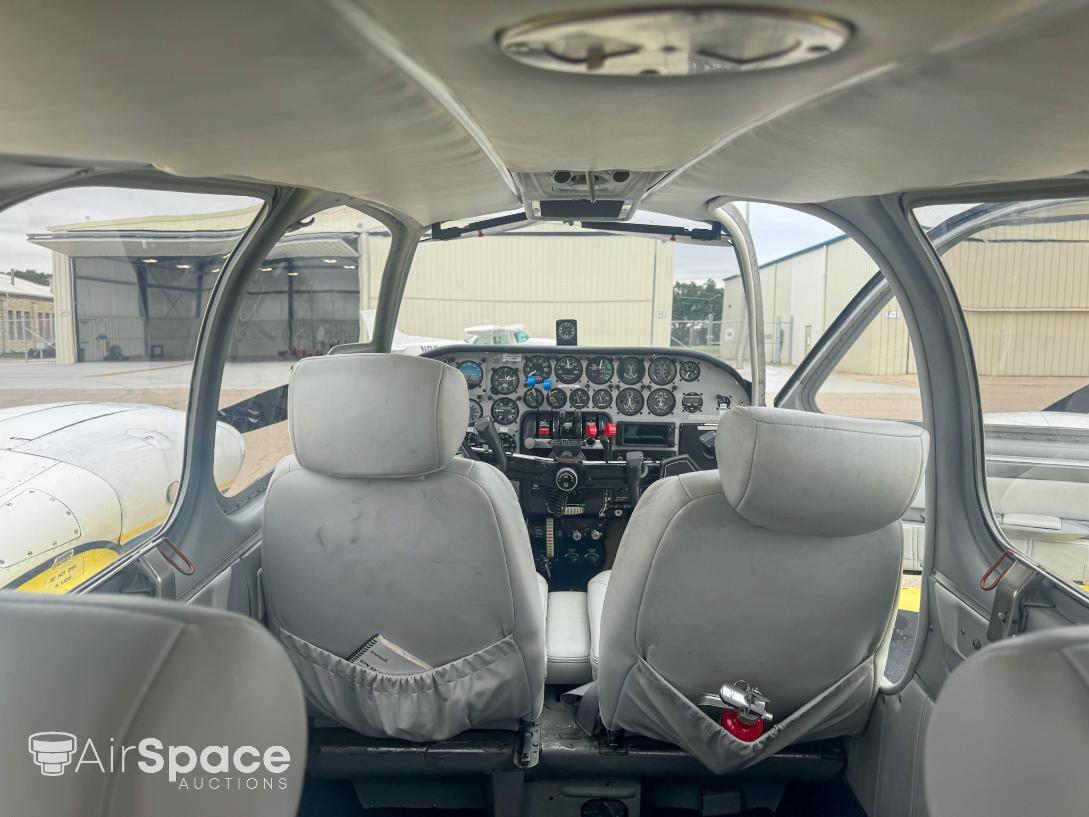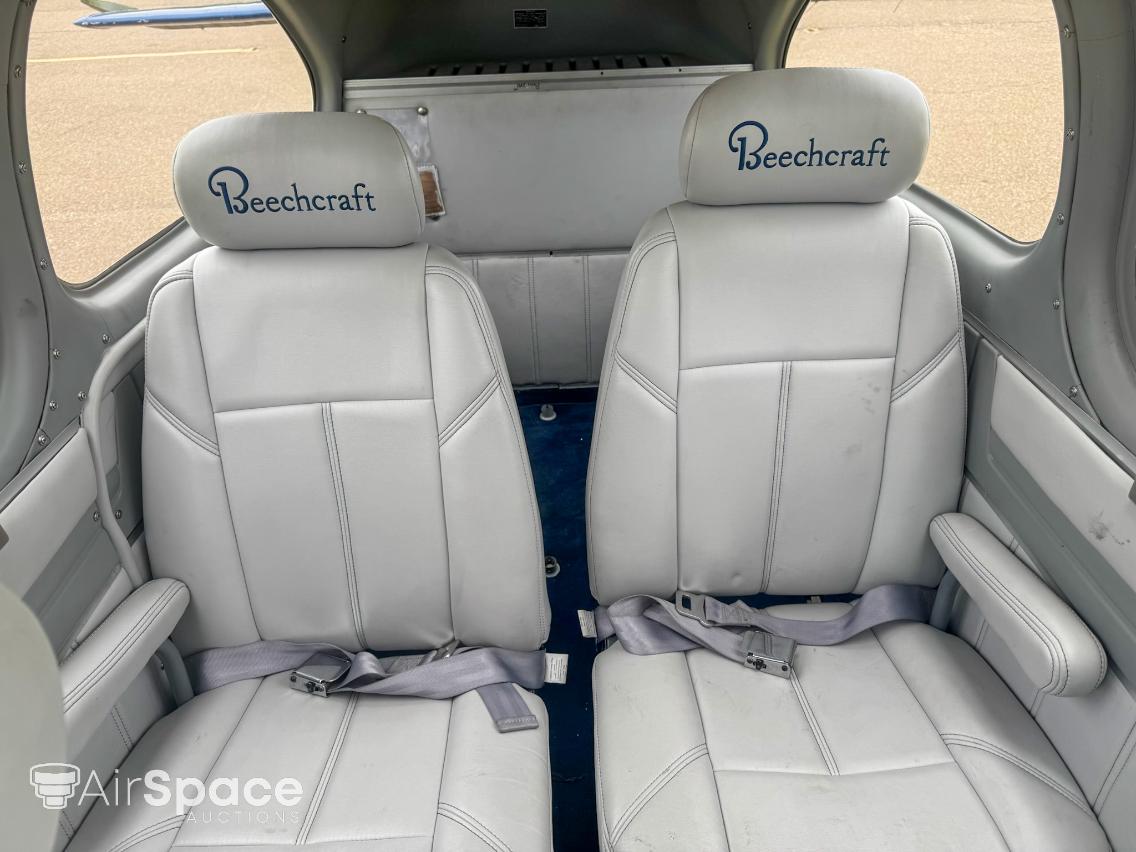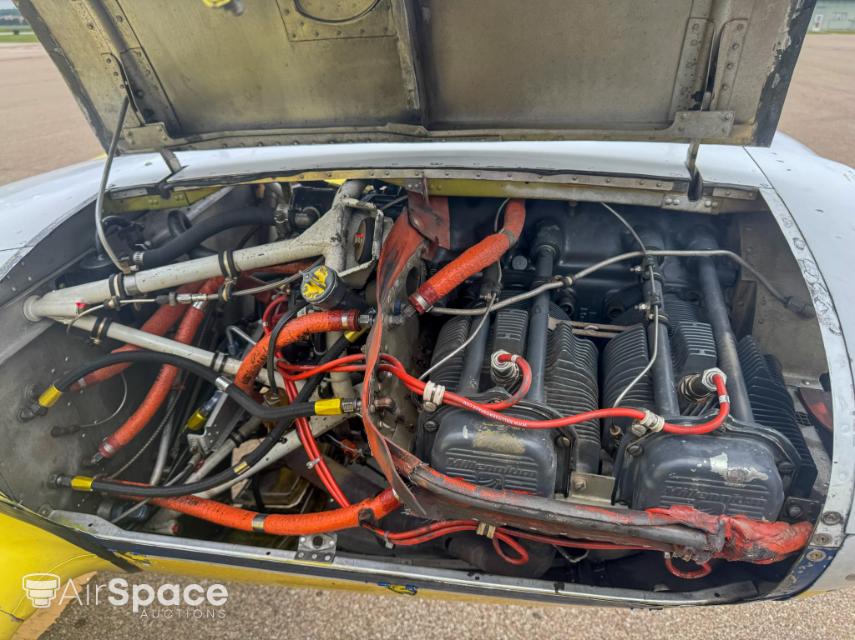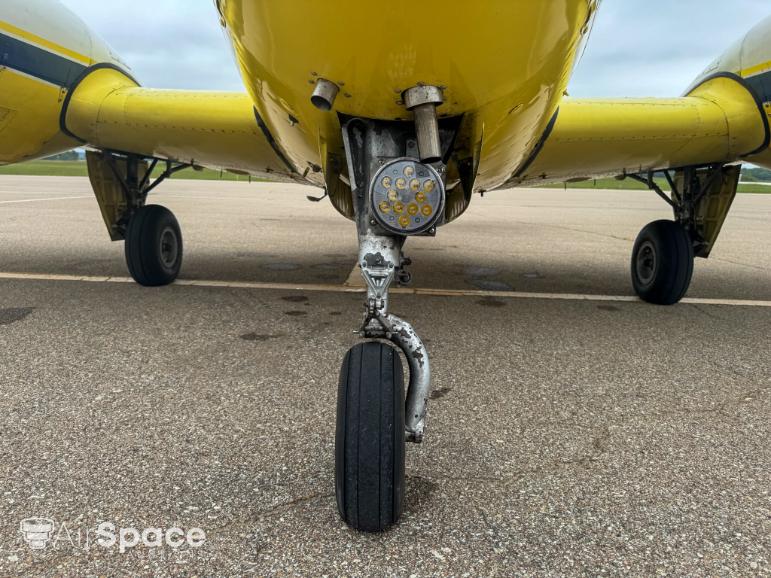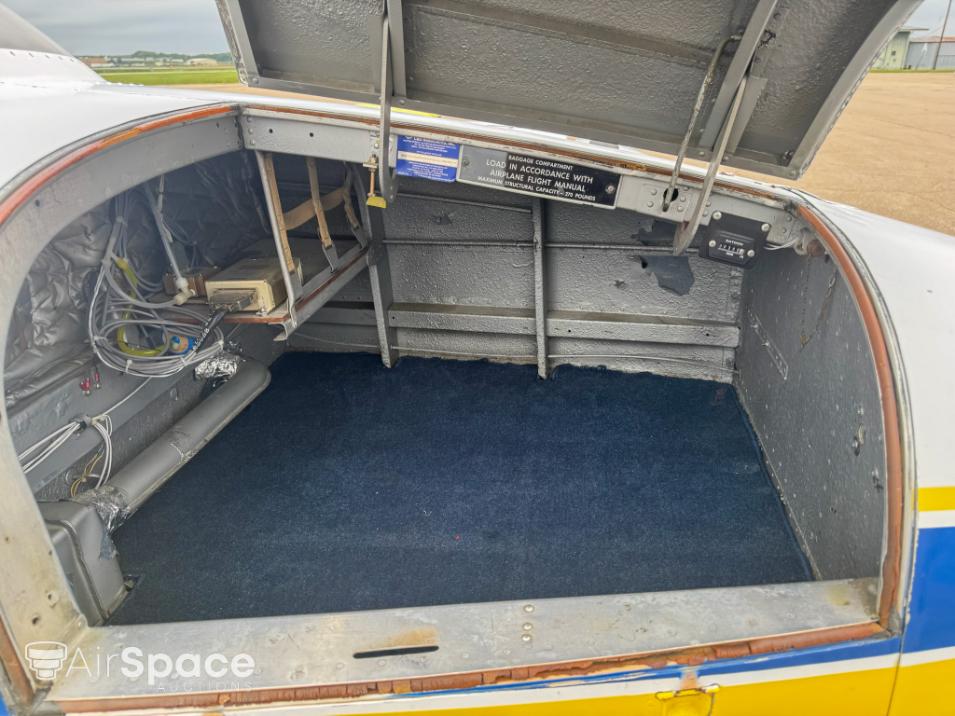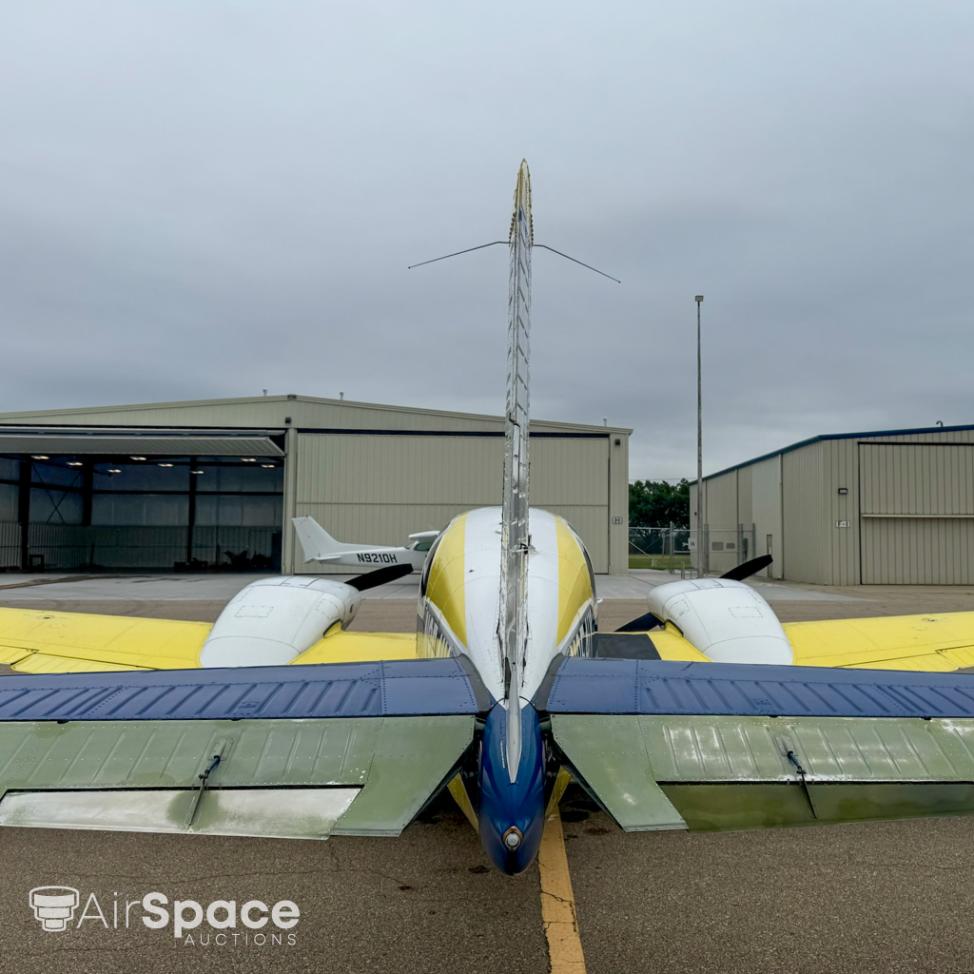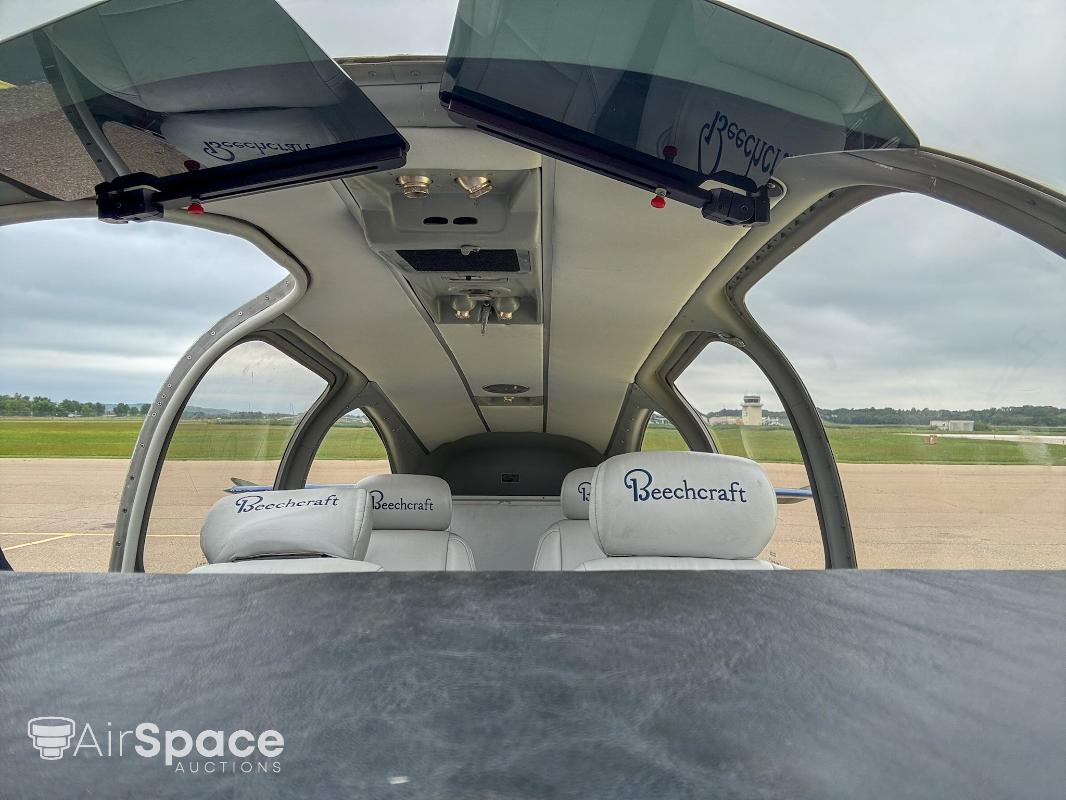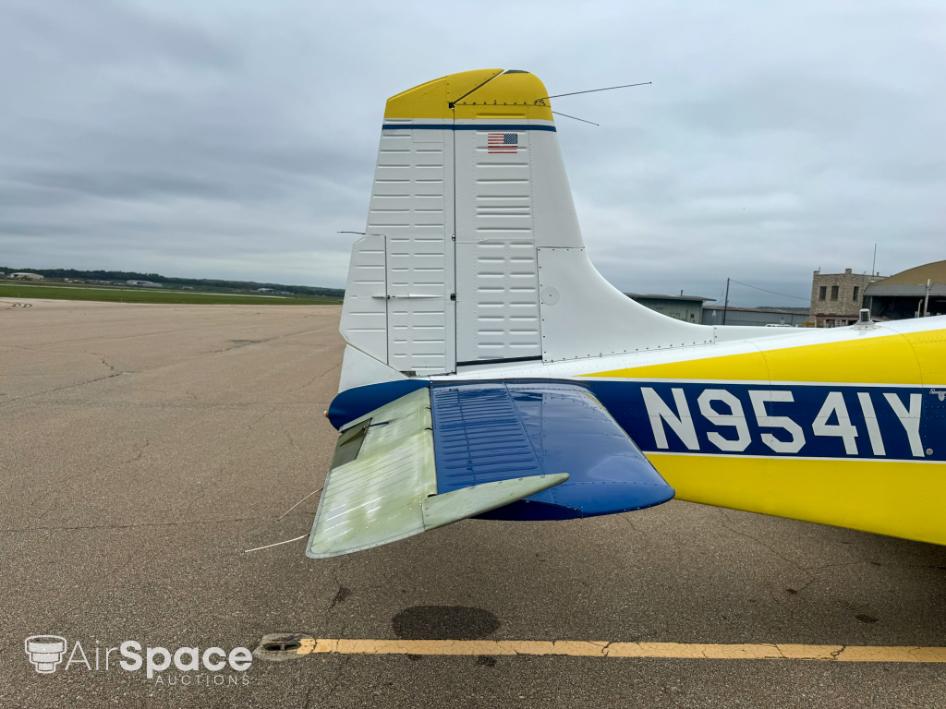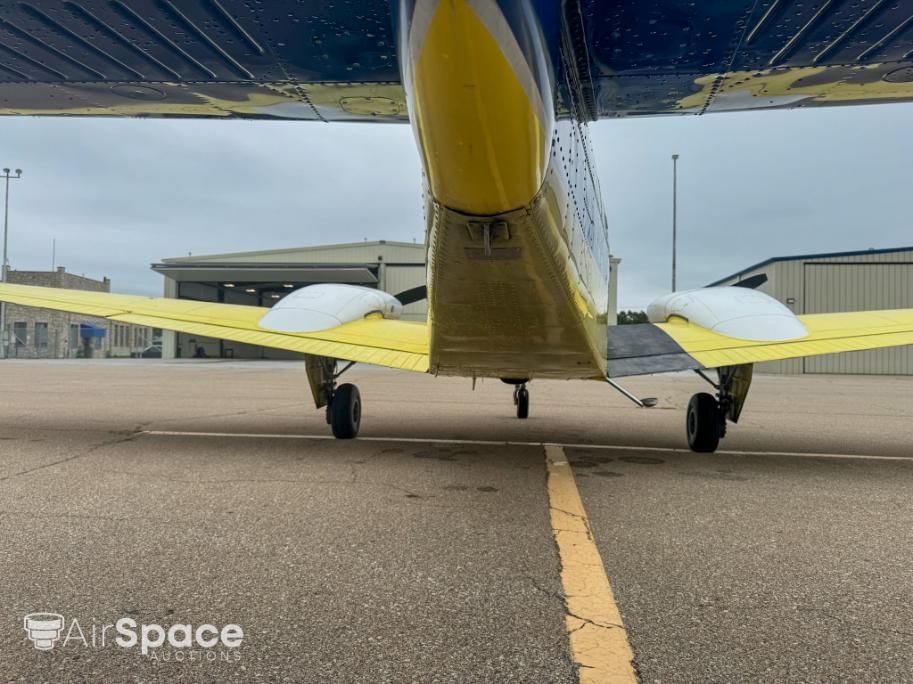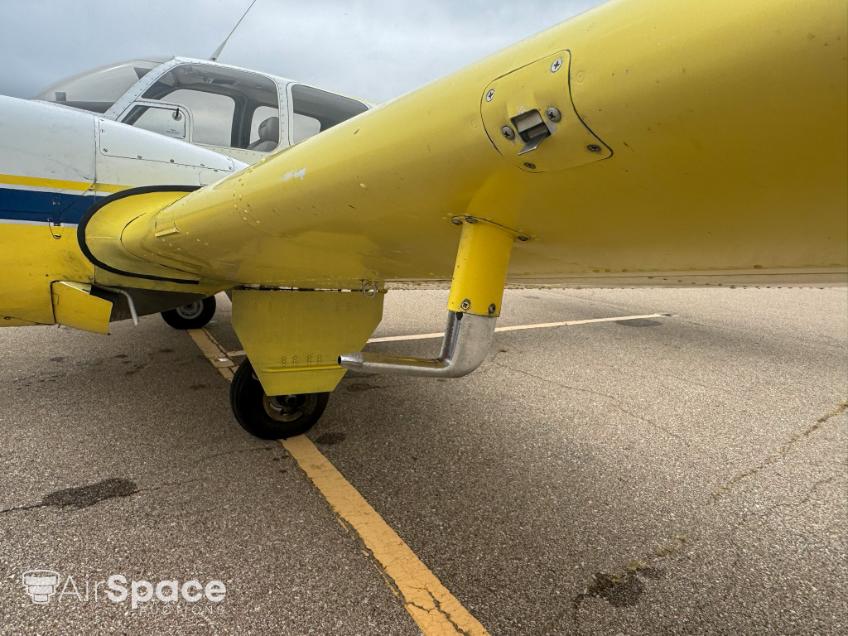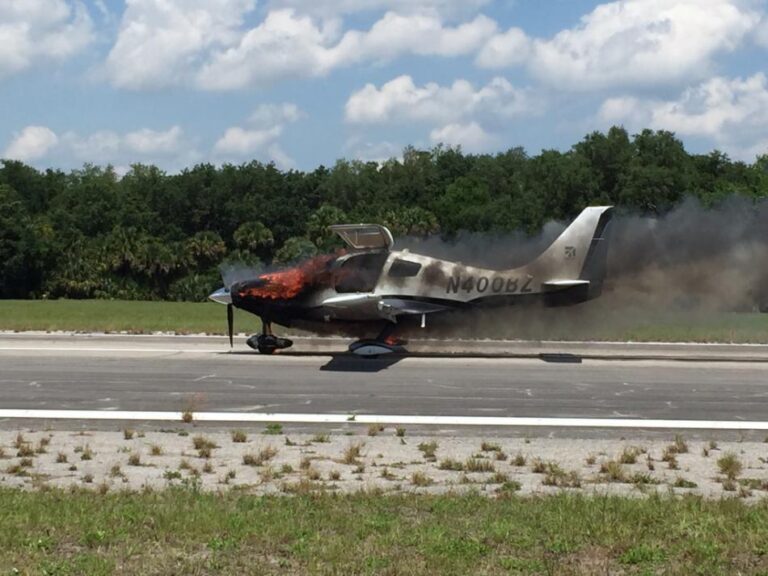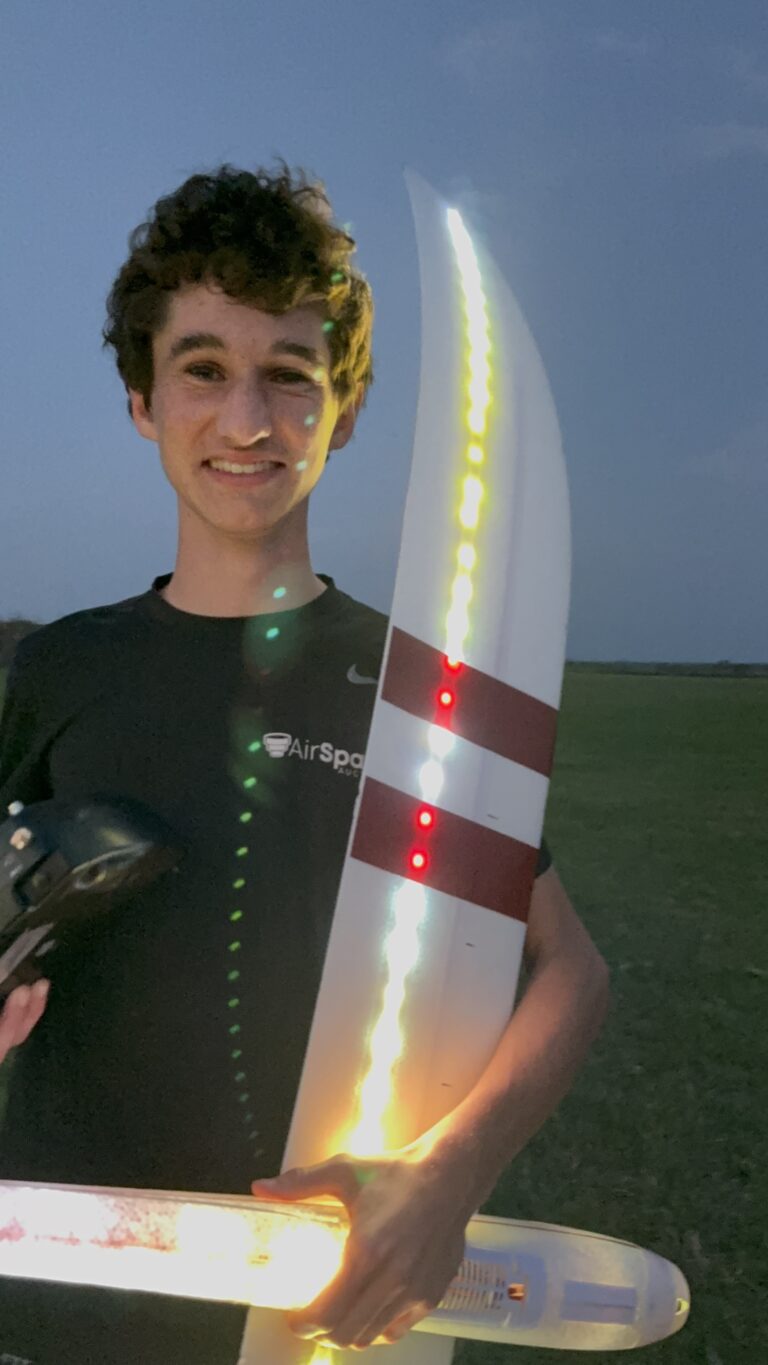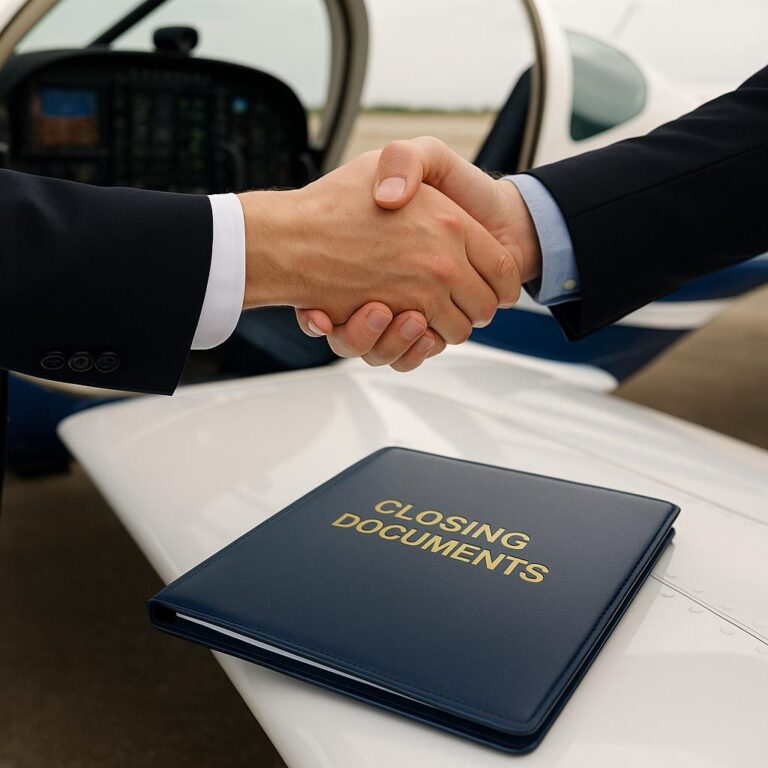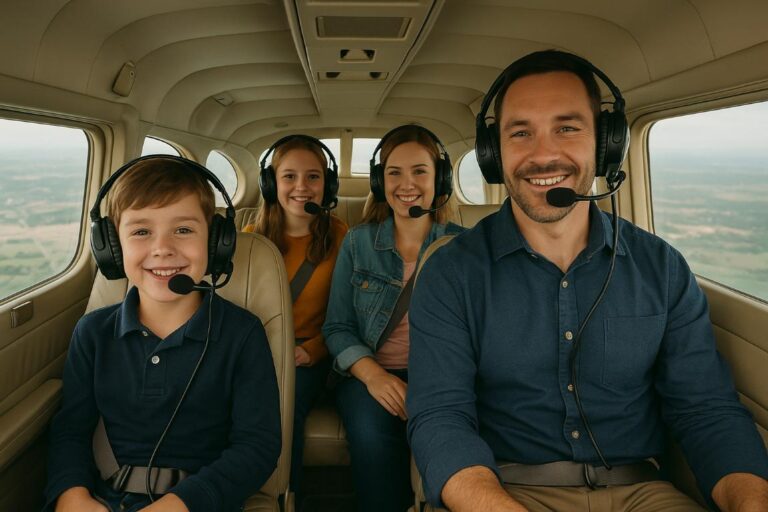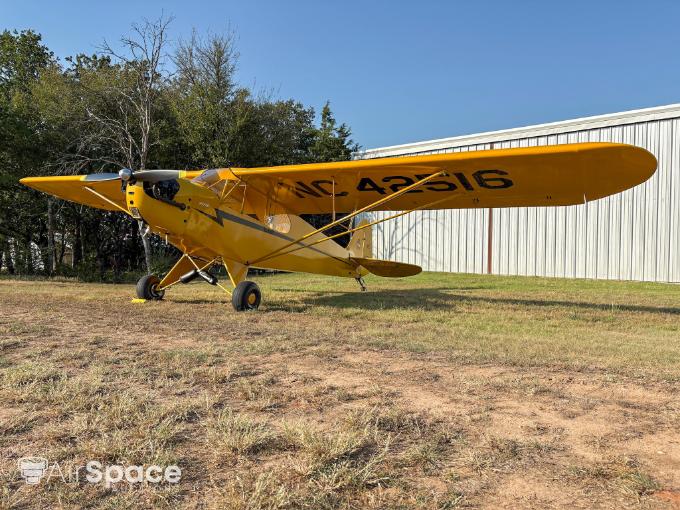1962 Beechcraft Travel Air B95A: A Classic Twin Available at NO RESERVE AUCTION
The 1962 Beechcraft Travel Air B95A stands as one of the most reliable light twin-engine aircraft of its era. Known for its solid Beechcraft engineering, roomy cabin, and efficient performance, the Travel Air remains a favorite among pilots who appreciate both utility and comfort. Today, collectors and aviators alike have the unique opportunity to acquire this well-equipped Travel Air B95A through a NO RESERVE AUCTION, ensuring that the highest bidder will take it home.
With a spacious four-seat layout, modernized avionics, and dependable Lycoming powerplants, this Travel Air offers exceptional cross-country capability. The combination of IFR certification, Garmin GTN 650 navigation, and proven Hartzell propellers makes it a versatile platform, equally suited for personal enjoyment, training, or business travel.
This article will explore the history of the Beech Travel Air, Beechcraft’s broader legacy, the aircraft’s uses, and the details of this particular 1962 Beechcraft Travel Air B95A (N9541Y). Each aspect—airframe, engines, props, avionics, interior, exterior, and features—will be examined in detail, leading up to the upcoming NO RESERVE AUCTION that presents one of the best opportunities in today’s light twin market.
History of the Beechcraft Travel Air
The Beechcraft Travel Air was introduced in the late 1950s as a bridge between Beechcraft’s successful single-engine Bonanza and the larger Baron series. First flown in 1956 and certified in 1957, the Travel Air B95 line was developed to meet growing demand for affordable twin-engine aircraft with better speed, redundancy, and payload capability than a single-engine alternative.
The Travel Air shared its DNA with the Bonanza, borrowing the fuselage and cabin dimensions, while incorporating twin Lycoming engines and a beefed-up airframe. This configuration allowed Beechcraft to offer an entry-level twin that was both familiar to Bonanza pilots and appealing to those who wanted the additional safety margin of two engines.
The B95A, introduced in 1962, represented an improved model in the Travel Air line. With refinements to the airframe, control systems, and powerplants, it offered improved performance and handling. The aircraft quickly became known for its balance of efficiency and comfort.
Although eventually overshadowed by the Beechcraft Baron, the Travel Air remains respected for its durability and its role in helping transition pilots from high-performance singles to light twins. Today, surviving examples are highly regarded by collectors and pilots who value its classic design and Beechcraft craftsmanship.
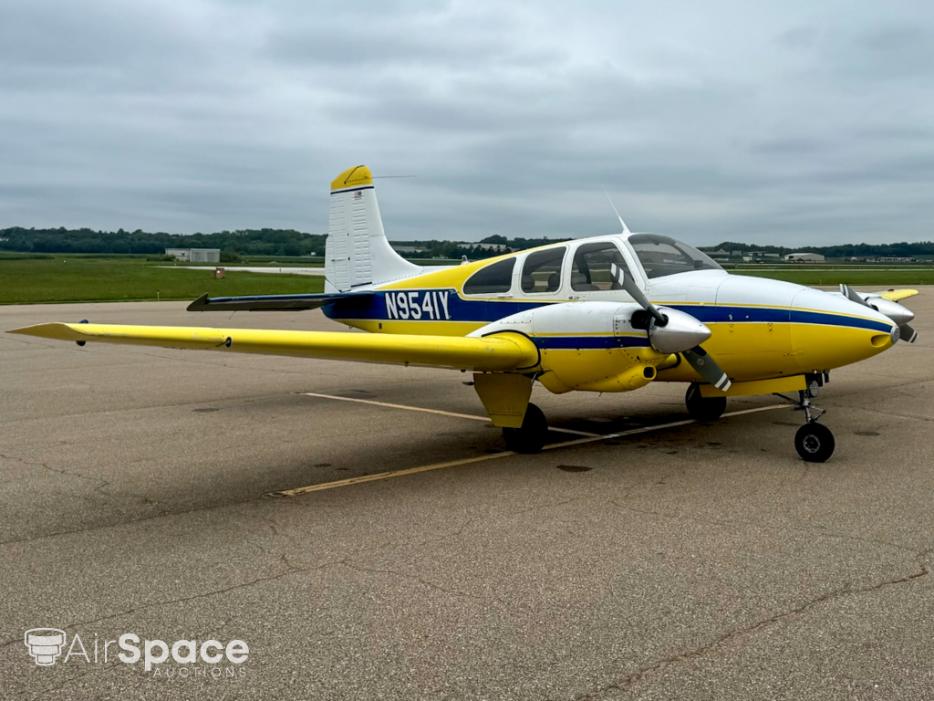
A Brief History of Beechcraft
Beechcraft’s reputation for building high-quality general aviation aircraft is unrivaled. Founded in 1932 by Walter H. and Olive Ann Beech, the company established itself quickly with the Model 17 Staggerwing, a luxurious biplane that set new standards in business aviation.
Following the Staggerwing, Beechcraft introduced the Bonanza in 1947, which remains in production today, making it the longest continuously produced aircraft in history. Beechcraft expanded into military training aircraft, business twins, and turboprops, creating a diverse legacy.
By the time the Travel Air B95A entered production in the early 1960s, Beechcraft had solidified its reputation for engineering excellence. Every Beechcraft aircraft reflected careful attention to strength, quality, and performance—values that carried over to the Travel Air line.
This legacy continues today, with Beechcraft aircraft still flying worldwide as reliable, high-performance machines.
Uses of the Beechcraft Travel Air
The Travel Air B95A was designed as a multipurpose aircraft with strong appeal across different sectors of aviation. Its uses included:
- Cross-Country Travel – With a cruise speed of 165 mph and a range of over 1,100 miles, the Travel Air was ideal for family and business trips.
- Twin Transition Training – Flight schools often used the Travel Air to train pilots upgrading from high-performance singles to multi-engine aircraft.
- Personal and Business Aviation – Owners appreciated the balance of performance, redundancy, and cabin space for professional and recreational flying.
- Collector’s Aircraft – Today, well-preserved examples like this 1962 B95A are valued by enthusiasts who appreciate the history and craftsmanship of vintage Beechcraft designs.
The Travel Air’s versatility continues to make it attractive for modern owners who want an affordable, proven twin.
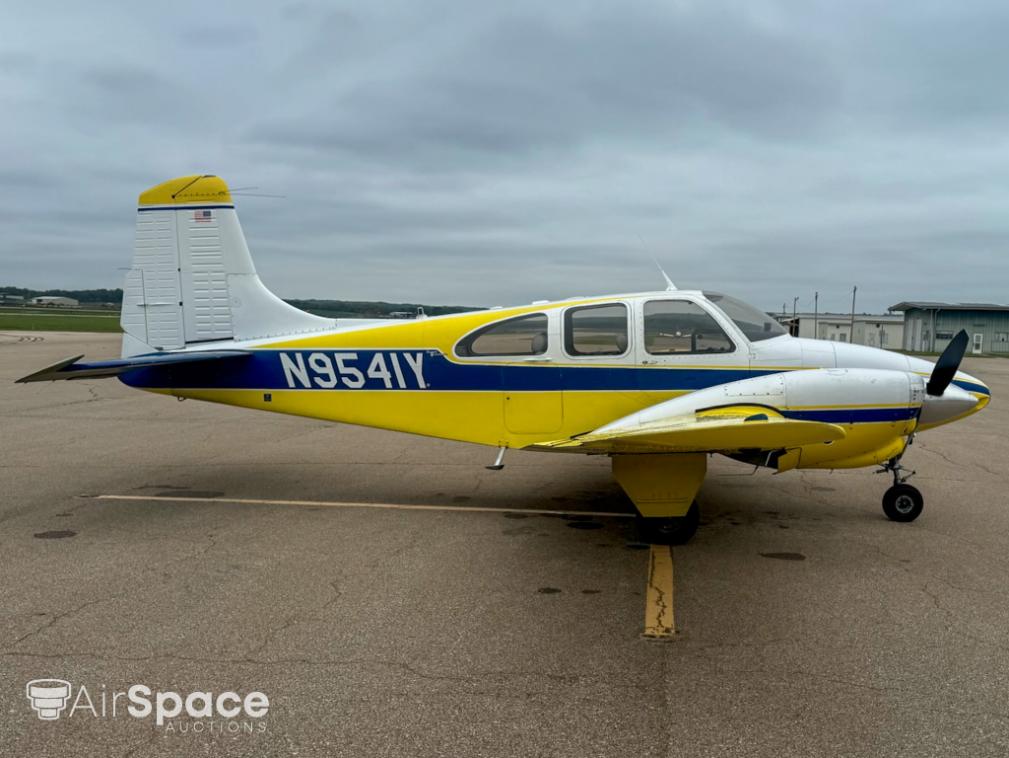
Aircraft Overview: 1962 Beechcraft Travel Air B95A (N9541Y)
This particular Travel Air, serial number TD-522, registration N9541Y, is a strong example of the type. With a total airframe time of 7,803 hours, it has been well-cared-for and remains fully capable of IFR operations. Equipped with a Garmin GTN 650, GTX 345 transponder, and S-TEC autopilot, it provides modern navigation and safety features that complement its vintage Beechcraft reliability.
Best of all, this Travel Air is being offered at a NO RESERVE AUCTION—a rare chance for bidders to secure a classic twin at exceptional value.
Airframe
The 1962 Beechcraft Travel Air B95A airframe reflects the durability and thoughtful engineering typical of Beechcraft. This aircraft has:
- Total Time: 7,803 hours
- Fuel Capacity: 112 gallons (106 usable)
- Useful Load: 1,430.7 lbs
- Range: 1,170 miles
- Cruise: 165 mph at 2,450 RPM
- Stall Speed (VSO): 75 mph
- Annual Inspection Date: May 12, 2025
The airframe provides ample cabin space for four occupants and baggage, making it comfortable for cross-country operations. Beechcraft’s emphasis on strength and stability ensures that this Travel Air still delivers dependable flight characteristics decades after leaving the factory.
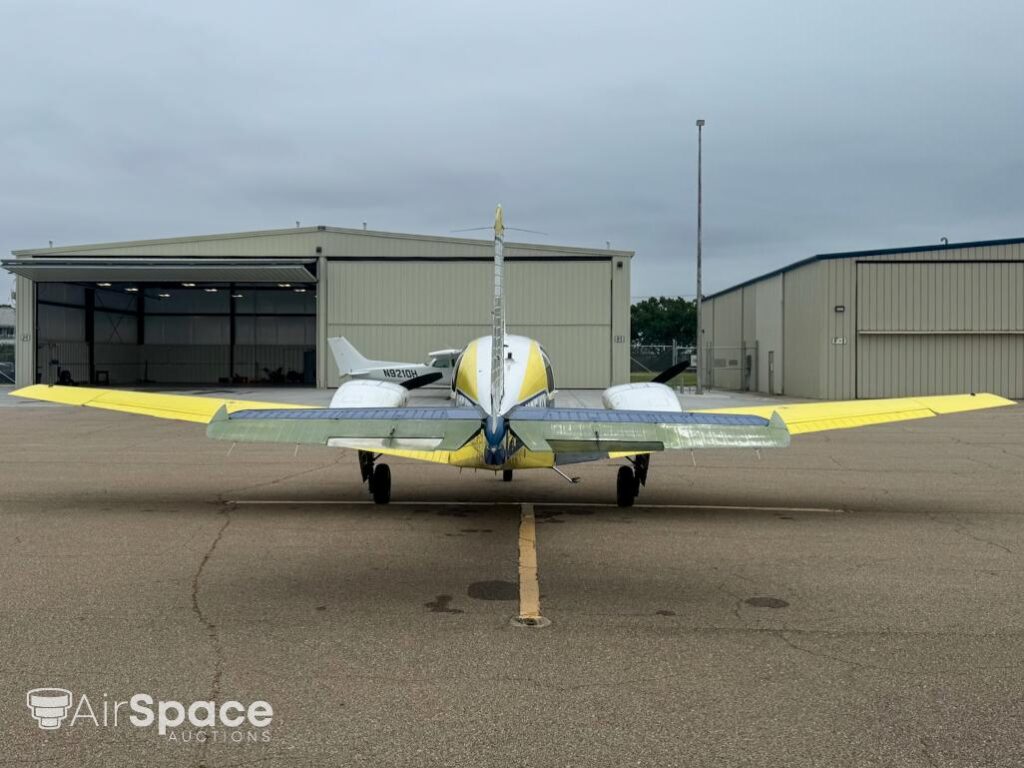
Engines
Left Engine
- Type: Lycoming IO-360-B1B
- Horsepower: 180 hp
- Total Time Since Overhaul (SMOH): 2,008 hours
- Overhaul Date: December 22, 2017 (Kline Aviation)
- IRAN: April 16, 2024 (Heartland Aviation)
Right Engine
- Type: Lycoming IO-360-B1B
- Horsepower: 180 hp
- Total Time Since Factory Rebuild: 2,828 hours
- Rebuild Date: January 30, 2004 (Lycoming Engines)
- Installation Date: August 16, 2004
Both engines provide reliable 180-horsepower performance, allowing efficient cruise at 12 gallons per hour. The recent IRAN and overhaul history indicate engines that are well-maintained and capable of continued service.
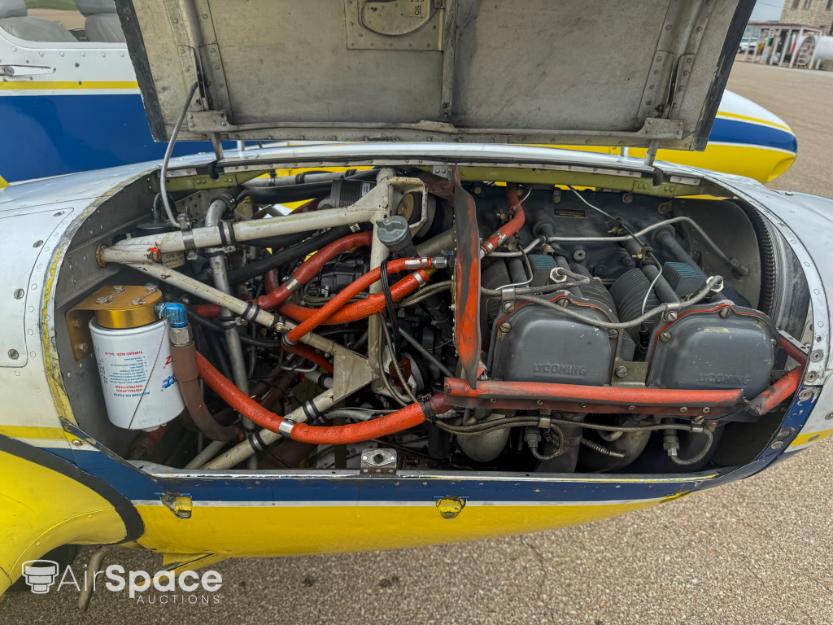
Propellers
Both left and right propellers are Hartzell HC-C2YK-2CUF aluminum two-blade constant-speed props. Installed in February 2010, they each have 2,358 hours since new. These props are known for their durability and efficiency, complementing the Travel Air’s Lycoming engines with smooth power delivery.
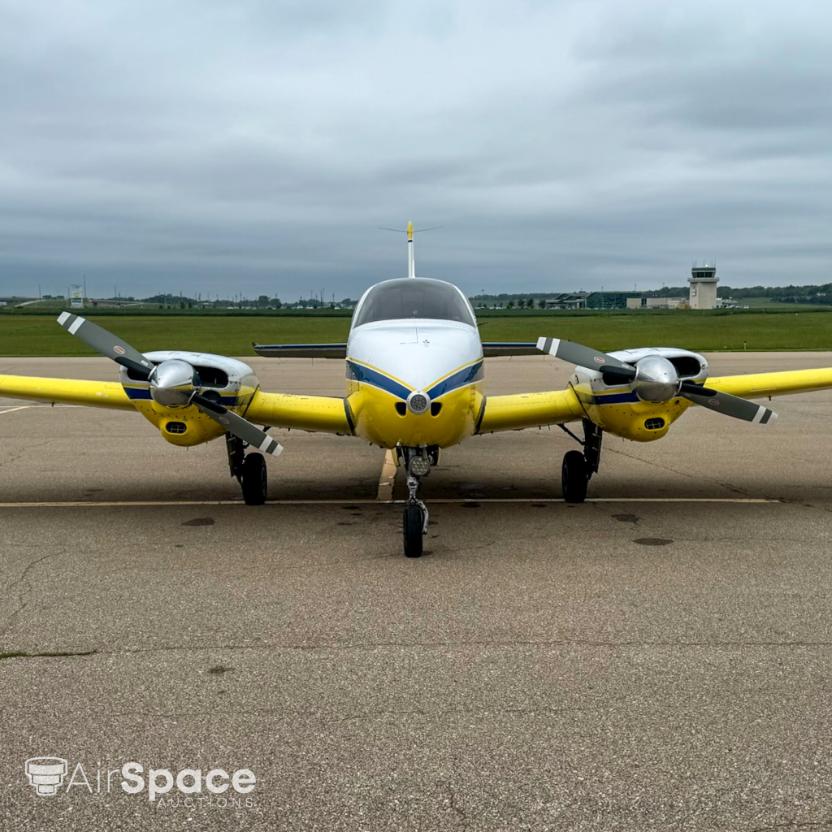
Avionics
The avionics suite of this Travel Air B95A is well-equipped for IFR operations, combining vintage and modern systems:
- Garmin GTN 650 (GPS/NAV/COM)
- PS Engineering PMA7000B Audio Panel
- BendixKing KX-155 Nav/Com
- BendixKing KN 64 DME
- Garmin GTX 345 Transponder
- S-TEC 30 Autopilot
- Dual BendixKing KI-209A (GPS/VOR capable, ILS inoperable)
- Full complement of primary flight instruments and engine gauges
IFR Certification: April 23, 2024
This package makes N9541Y a capable IFR aircraft, providing flexibility for a range of weather and mission profiles.
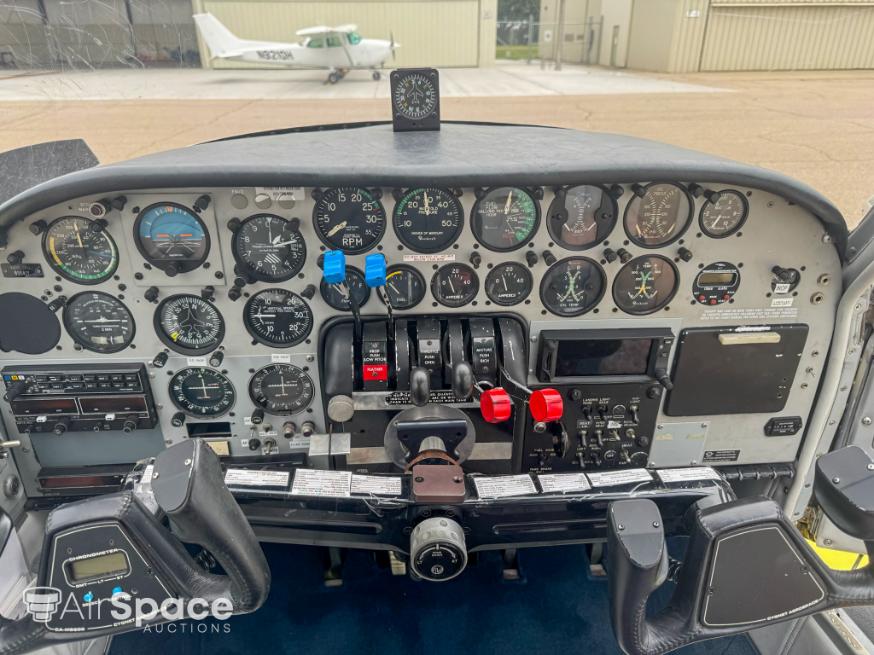
Exterior
The aircraft’s exterior presents in a white, yellow, and bright blue color scheme, typical of Beechcraft styling from the 1960s. While there are minor cosmetic flaws noted—including dents on the left wing and right stabilizer, and a hole in the right cowling—the aircraft remains structurally sound and ready to fly.
Interior
Refurbished in January 1994, the interior features light gray seating with Beechcraft logos on the headrests, gray side panels and headliner, and dark blue carpeting. While showing some wear—including a tear in the co-pilot seat, a loose headrest, and ink marks on the pilot seat—it retains a clean and functional presentation suitable for regular flying.
Additional Features and Notes
- New tachometers installed at 3,000, 3,416, and 4,019.2 hours
- No known incident history
- Complete logbooks with no known gaps
- No known corrosion
- Squawks: Nav 1 ILS flag issue; Nav 2 ILS inoperative but VOR functional
These records reflect an aircraft with good maintenance history and strong documentation, adding to buyer confidence.
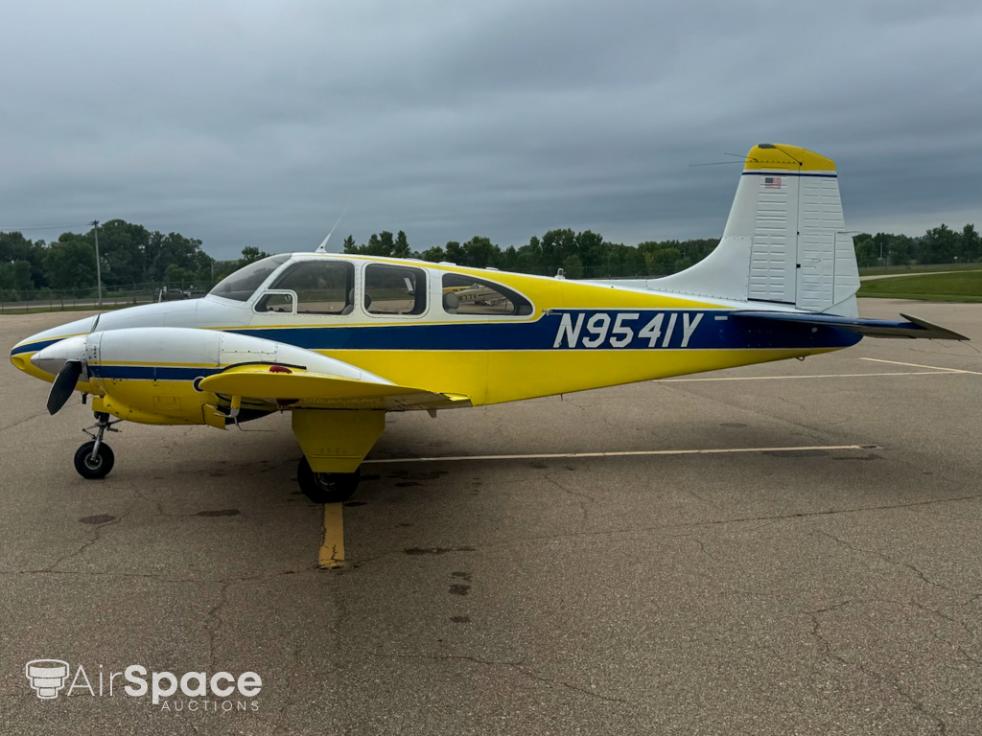
Auction Information
- Auction Dates: October 1–8, 2025
- Auction Type: NO RESERVE AUCTION
- Starting Bid: $25,000
- Buyer Premium: 6%
- Deposit Required: $2,000
- Auction Location: KMHK (Manhattan Regional Airport)
- Contact: Matt Hutton
The NO RESERVE AUCTION is a critical point of value—this Travel Air will sell to the highest bidder, regardless of final price. For pilots and collectors seeking a dependable Beechcraft twin, this represents one of the best opportunities in today’s market.
Why This Auction Matters
In a market where vintage light twins are becoming increasingly rare, opportunities like this are unusual. The NO RESERVE AUCTION guarantees that N9541Y will change hands, offering bidders the chance to acquire a classic Beechcraft Travel Air without the uncertainty of a reserve price.
For those seeking an IFR-capable, economical twin with strong Beechcraft heritage, this aircraft represents both value and reliability.
Conclusion
The 1962 Beechcraft Travel Air B95A (N9541Y) is more than just a vintage twin—it is a well-equipped, carefully maintained aircraft that embodies the craftsmanship of Beechcraft’s golden era. With its balanced combination of performance, comfort, and utility, it remains a practical and enjoyable aircraft for modern pilots.
The upcoming NO RESERVE AUCTION from October 1–8, 2025, ensures that this Travel Air will find a new home. With a starting bid of just $25,000, IFR certification, Garmin GTN 650 avionics, and a proven maintenance record, it represents one of the most compelling opportunities in the light twin market today.
For aviators and collectors alike, this is a rare chance to own a piece of Beechcraft history at a price determined by the marketplace—no reserve, no limits, and no missed opportunity.
Specifications and/or descriptions are provided as introductory information only and do not constitute representations or warranties. Verification of specifications remains the sole responsibility of the purchaser.

